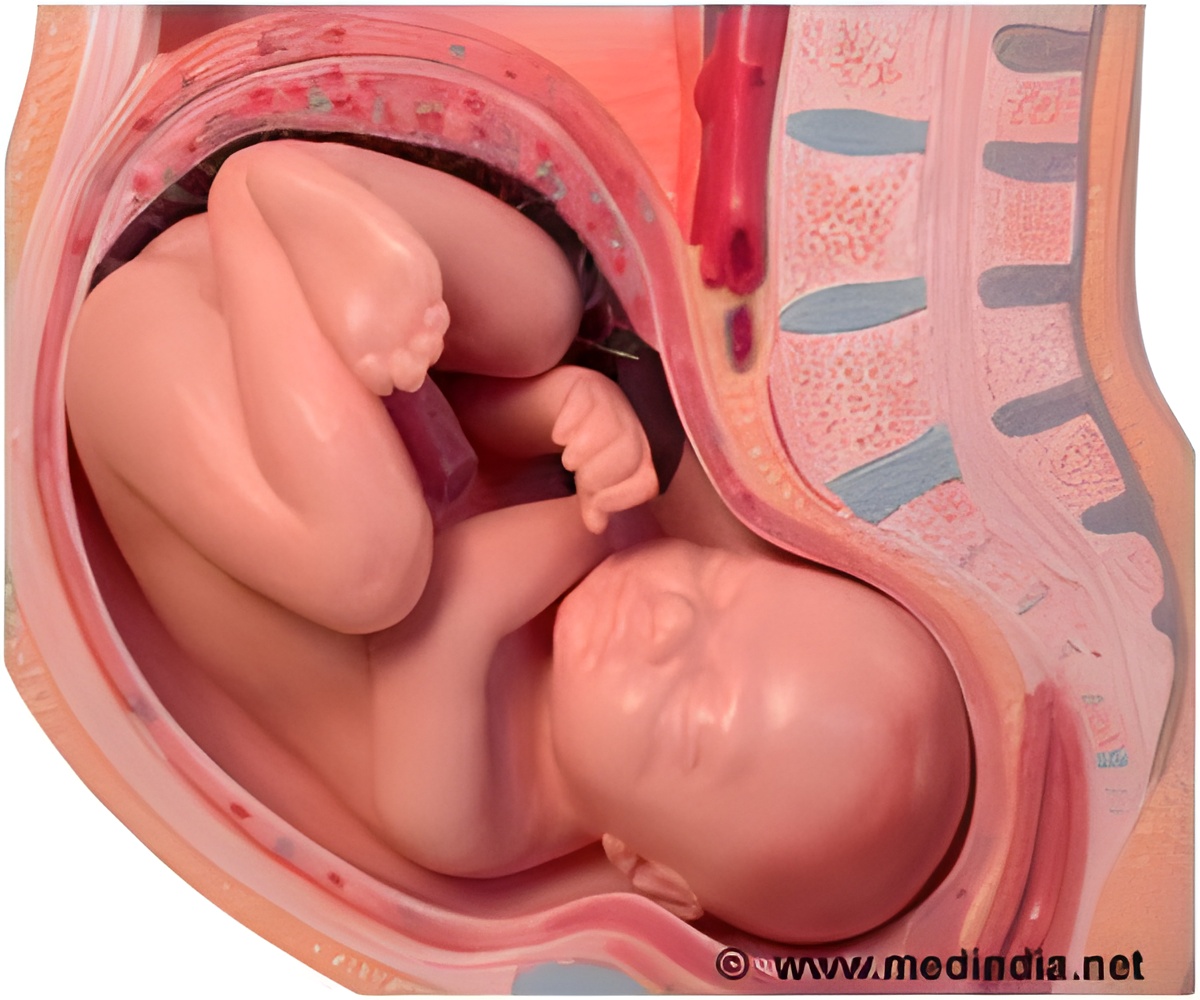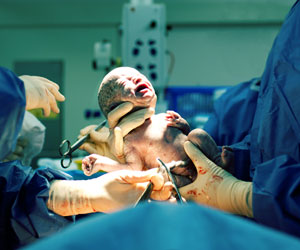A new study has revealed how prenatal exposure to mixtures of commonly found metals can adversely affect fetal growth.

‘Fetal growth is linked to future health—infants who are born small for their gestational age experience greater rates of neonatal mortality and are at a higher risk of developing neurocognitive impairment in childhood and cardiometabolic disease later in life.’





But prior research looking at metal impacts on fetal growth have typically looked at one metal at a time and within an individual population. “The limitation of that is usually we’re exposed to a complex mixture of multiple metals simultaneously that might interact with each other, and exposure ranges can be narrow in just one population for a given metal,” explains lead author Caitlin Howe, PhD, an assistant professor of epidemiology at Dartmouth’s Geisel School of Medicine whose research focuses on toxic metal exposures and their impacts on maternal and child health.
“So, our goal was to look across multiple diverse populations with different types of exposures, so we could get a better sense of the full dose response relationship for some of these chemicals in the context of the larger mixture,” she says.
To accomplish this, the researchers conducted an environmental mixture analysis of metal impacts on fetal growth, pooling data from three geographically and demographically diverse groups in the U.S. The groups, located in New Hampshire, Los Angeles, and Puerto Rico, participate in the Environmental Influences on Child Health Outcomes (ECHO) Program—a nationwide research program supported by the NIH that studies the effects of a broad range of early environmental influences on child health and development. Using a novel statistical approach that can account for complex mixtures of pollutants, the investigators examined associations between seven commonly found metals (antimony, cadmium, cobalt, mercury, molybdenum, nickel, and tin) measured in 1,002 maternal urine samples that were collected during pregnancy, and birthweight for gestational age. They also investigated potential differences between groups and the sex of the infants.
“Our most consistent finding was that antimony, an understudied metal, was associated with lower birthweight for gestational age across all three of the groups and in both males and females, suggesting that it may adversely impact fetal growth,” says Howe. “So, that’s an element where we would want to identify what the main sources of exposure are so that we can help reduce that exposure to prevent harmful effects on fetal growth in these different populations.”
Advertisement
While the researchers did identify some group- and/or sex-dependent associations for many of the other metals studied, says Howe, they lacked the consistency that was seen for the antimony results and therefore merit further investigation.
Advertisement
The research was funded by the NIH, the National Institute of Environmental Health Sciences, and the Environmental Protection Agency.
Source-Eurekalert









